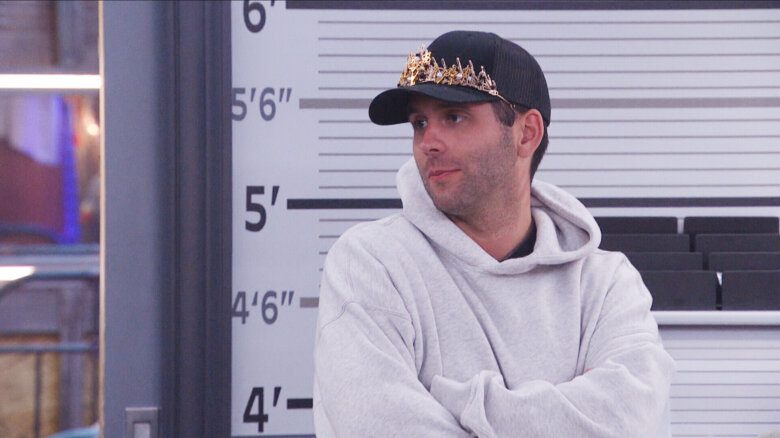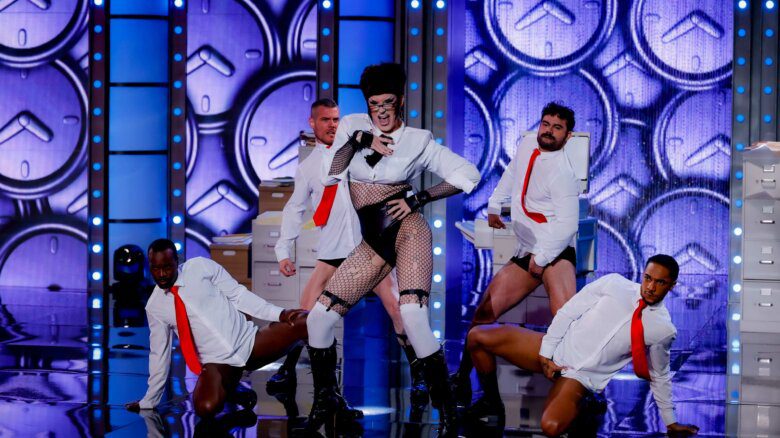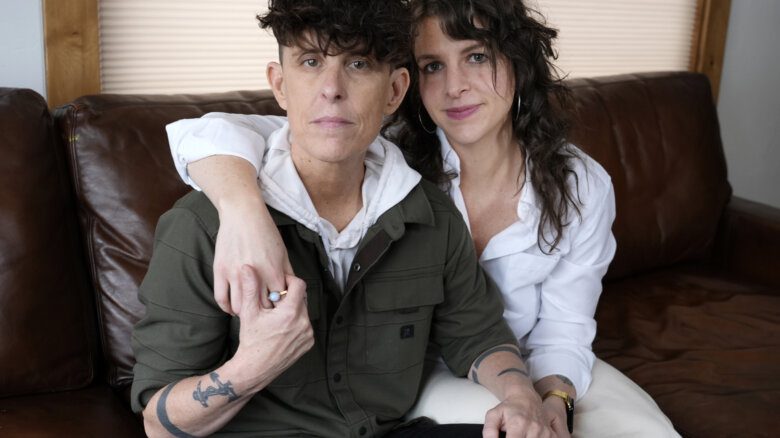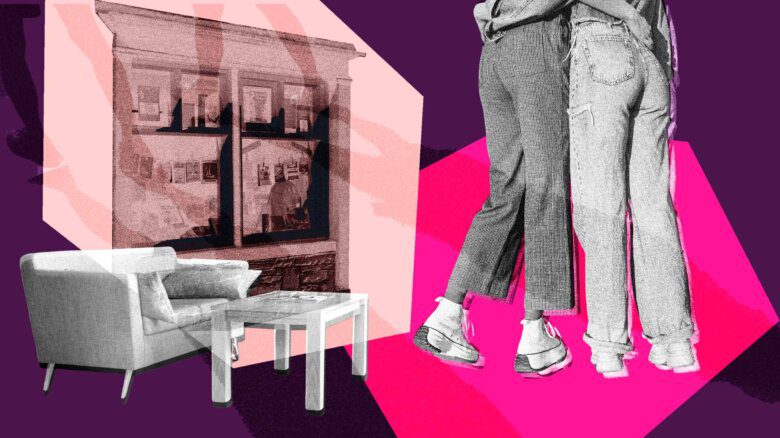
I’ve always been a clean-shaven guy, so to say I’m bemused by the sudden beard zeitgeist, especially within the gay community, is an understatement. Least of all because of the less modern context of the “gay beard.”
A quick search on that great pillar of the common tongue, Urban Dictionary, defines “beard” as “any opposite sex escort taken to an event in an effort to give a homosexual person the appearance of being out on a date with a person of the opposite sex.”
In a similar fashion, I’ve always had a sneaking suspicion that the sudden beard craze is society’s nervous reaction to the tenuous position of ever-challenged masculinity. I’m not saying that every single man ever with facial hair is trying to prove his fragile masculinity, but with the sudden intensity of beard culture, one has to wonder. What, after all, separates big, burly, manly men from smooth-faced femininity more than a big, bushy beard?
Scrolling down the page on UD, you find another definition that says beards are the “single most manly and great thing a man can do,” and “If you don’t have a beard and you’re past puberty, go get that sex change you know you need.”
Sure thing, Mr Testosterone; you’re totally not compensating for anything.
History, after all, has a habit of repeating itself, writes Sean Trainor in his piece “The Racially Fraught History of the American Beard.” His article explores how a beard movement in 19th-century America was directly related to slavery, emancipation and the fear of economic and socially autonomous black folk. His in-depth and elegant explanation shows how men of this period “reimagined the beard as a symbol of white, masculine supremacy”:
“A 21-part series in Boston’s Daily Evening Transcript, published in late 1856, was typical of such efforts. In these wide-ranging articles, pro-beard polemicists argued that the beard represented a rugged and robust ideal of manhood, proving white Americans’ dominion over ‘lesser’ men and ‘inferior’ races. The pseudonymous ‘Lynn Bard,’ for instance, claimed that men took up shaving ‘when they began to be effeminate, or when they became slaves.'”
Trainor goes on to explain that beyond the violent racial reaction the beard represented, the growing women’s rights movement also propagated an aggressive campaign of whisker growth. “Faced with threats to their prerogative,” he writes, “men grew beards ‘to codify a distinctly male appearance when other traditional markers of masculinity were no longer stable or certain.'”
Who would have thought there was so much to say about going out with a beard?

 Why you can trust Xtra
Why you can trust Xtra


